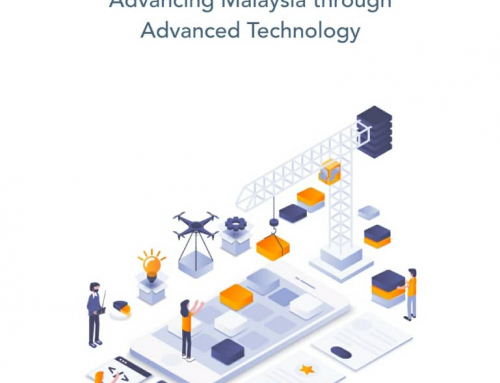
Universities in Malaysia have been heavily impacted by the COVID-19 crisis, but they have been remarkably successful in providing educational continuity for their students.
Since the beginning of the Movement Control Order in mid-March, campuses throughout Malaysia have been empty. Given that universities are crowded environments, this closure was an important public health measure which contributed to the safety of students, staff and the broader community.
Universities have responded with great agility to this dramatic and sudden change in their circumstances. Teaching staff, and the many professional colleagues who support them, moved to new ways of operating in a matter of days.
This agility has provided students with educational continuity in a time of global disruption. The importance of this contribution cannot be understated: despite many sectors of the economy being closed, university students have been able to continue their progress towards graduation and, following graduation, employment. The individual, social and economic benefits of this educational continuity are enormous.
Many universities have been able to respond to this crisis because they were prepared. This may seem surprising, because the COVID-19 disruption was unexpected and unprecedented. But universities are all too aware that we are living in an era of disruption and we have been steadily changing the way we teach, and the way students learn, to prepare for it.
In simple terms, the change has been a move from teacher-centred learning (“chalk and talk”) to student-centred learning. University teachers are no longer the all-knowing sage who passes knowledge to students in tiered lecture theatres. Teachers are now guides, facilitators, curators, inspirers and collaborators in the learning process.
Online tools have played a very important part in this educational transformation. New internet-based technologies enable us to engage with students in new ways; new ways of delivering material; new opportunities for student engagement; new approaches to educational collaboration. New technology empowers students to become much more active partners in education.
Universities have been working hard for years to provide students with a smart, contemporary and authentic learning environment that will prepare them for the jobs of the future. So, when COVID-19 erupted we had many of the tools and skills that we needed to move to online teaching. It was a rush, and our efforts were far from perfect, but it was an extraordinarily agile response to a public health imperative.
We understand that some students are unable to fully benefit from on-line resources and we must work with them flexibly and compassionately to ensure that they are not unfairly disadvantaged. Some students also need additional financial, logistical or emotional support and, again, universities have mobilised their resources to help them(supplementing a number of valuable government initiatives).
It would be a great shame if the current debate about university fees failed to focus on the central issue of educational continuity. There is a misperception that online operations are providing universities with windfall savings. This is simply not the case. At my university, operational savings from, for example, electricity, are very modest indeed and are far outweighed by the COVID-19 impacts on both our costs and our revenue.
Our top priority is to provide educational continuity so students can graduate and move into employment. This depends on institutional sustainability. University leaders are working hard to secure these linked objectives of continuity and sustainability.
If institutional sustainability is undermined, so is educational continuity. That would be a disaster for thousands of students who are working hard, in difficult times, to complete their degrees.






